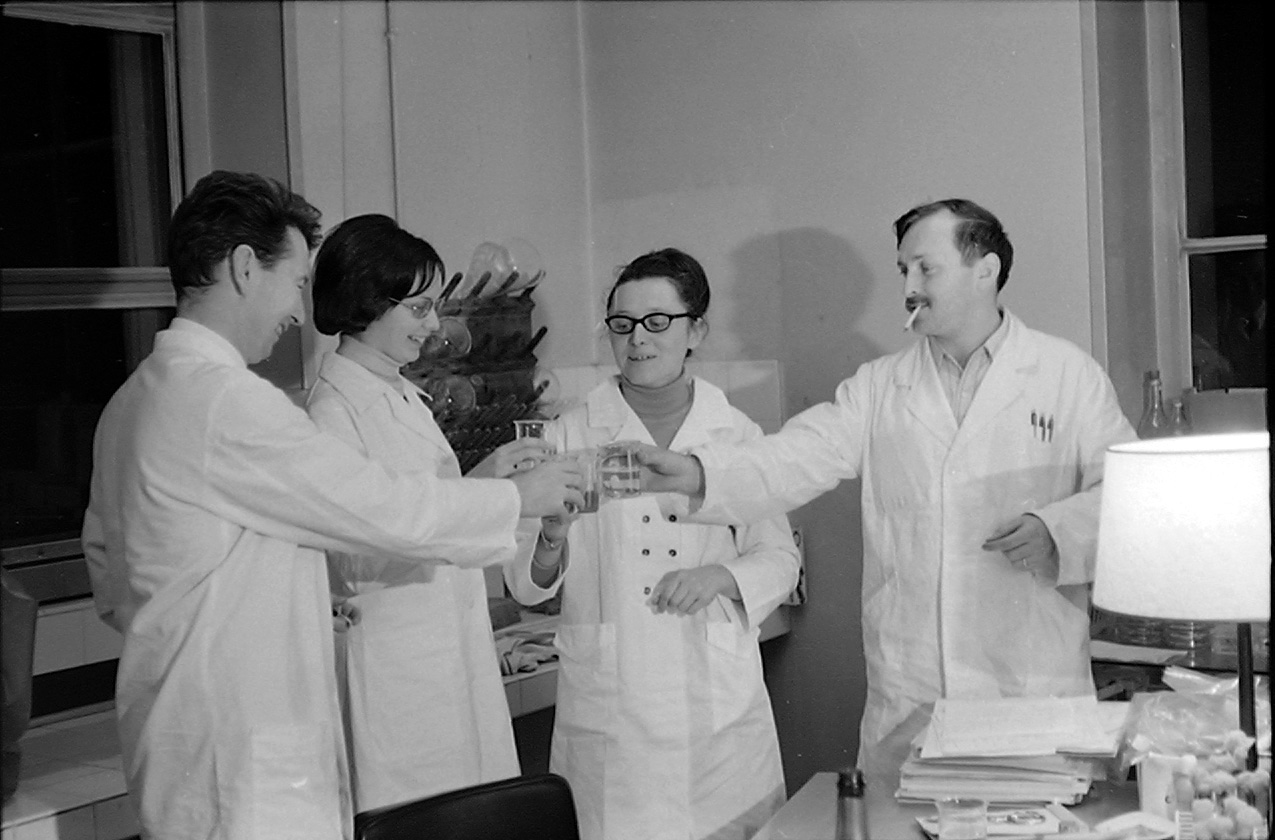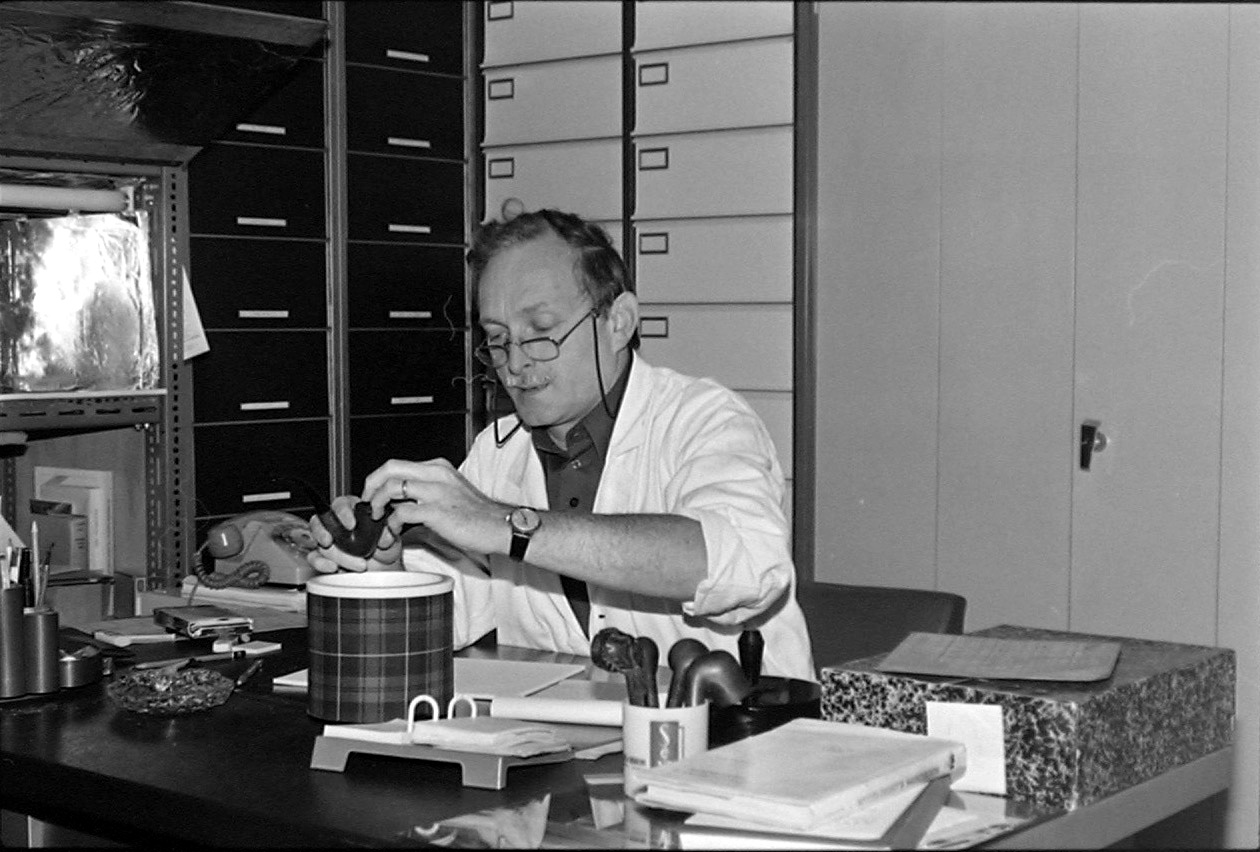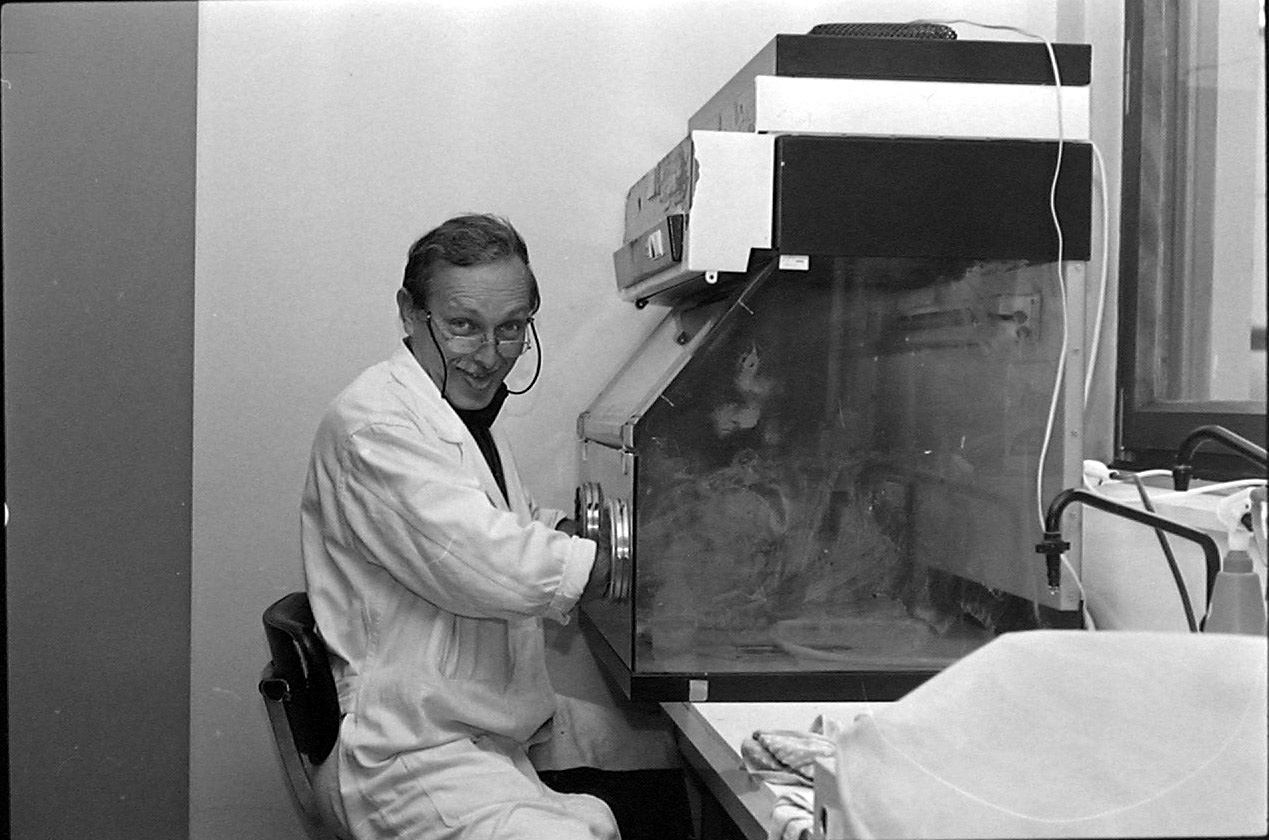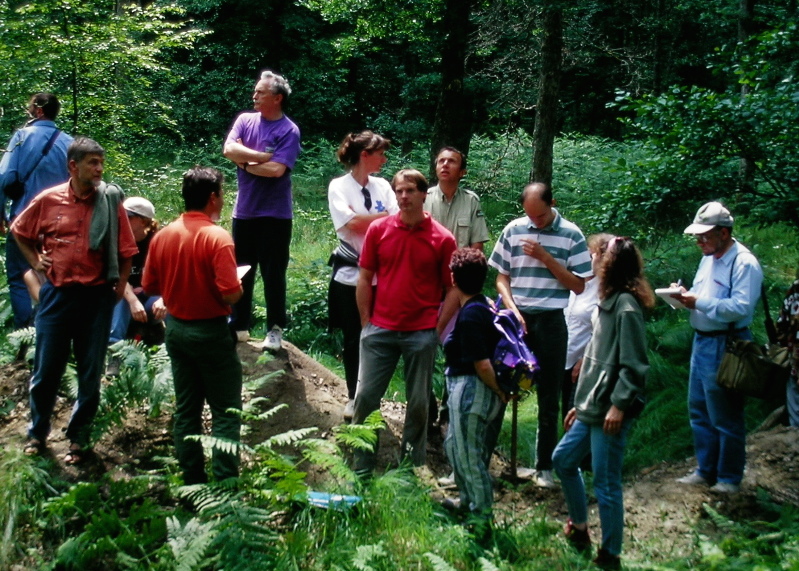This position has been filled!
Version française : voir plus bas.
Thesis title
Evolutionary and functional studies of reproductive mode polymorphism in the poplar rust fungus, Melampsora larici-populina
Advisors:
Pascal FREY (Senior scientist), main supervisor
Fabien HALKETT (Senior scientist), co-supervisor
Sébastien DUPLESSIS (Senior scientist), co-supervisor
Host laboratory
Tree – Microbe Interactions Department
INRAE / Université de Lorraine
INRAE Grand Est Nancy research centre
54280 Champenoux
https://mycor.iam.inrae.fr/IAM/
Funding : University doctoral contract. Duration 3 years. Monthly net salary about €1600.
Thesis summary
The variability of reproductive modes is a long-standing conundrum in evolutionary biology. Yet, it conditions the evolutionary trajectories of populations and the morphological or physiological characteristics of the individuals that compose them. The phytopathogenic fungus Melampsora larici-populina, causing poplar rust, is particularly interesting for the study of the polymorphism of reproduction modes. Indeed, like most Pucciniales, this species presents a life cycle that alternates between an asexual multiplication phase and a sexual reproduction phase. Besides, we have demonstrated that lineages of the fungus do survive strictly asexually over decades. The thesis proposes to address the issue of variability in reproductive modes along three complementary axes:
- An evolutionary ecology approach that will allow us to determine the geographical distribution of the asexual lineages of M. larici-populina using population genetics.
- A phenotypic approach that will aim to experimentally demonstrate the level of investment of asexual lineages in sexual reproduction.
- A genomic and evolutionary transcriptomic approach that will aim to elucidate the functional basis of the cycle and to find the determinants of the variation of the sexual and asexual reproduction modes.
Application
Send CV, cover letter and contact details of two referees to Pascal Frey (pascal.frey@inra.fr) and Fabien Halkett (fabien.halkett@inrae.fr) before June 28, 2022.
Required skills
The candidate should have a Master degree in ecology, evolutionary biology and/or population biology. He/she should have skills in population genetics and/or genomics and an interest in plant-microorganism interactions. A strong taste for teamwork is essential. Knowledge of French will be an asset but is not mandatory.
—————————————————————————————————
Titre du sujet de thèse :
Études évolutives et fonctionnelles de la variabilité des modes de reproduction chez le champignon responsable de la rouille du peuplier, Melampsora larici-populina.
Encadrants :
Pascal FREY (DR2, HDR), directeur de la thèse
Fabien HALKETT (CRCN), co-encadrant de la thèse
Sébastien Duplessis (DR2, HDR), co-encadrant de la thèse
Laboratoire d’accueil :
UMR Interactions Arbres – Microorganismes
INRAE/Université de Lorraine
Centre INRAE Grand Est Nancy
54280 Champenoux
https://mycor.iam.inrae.fr/IAM/
Université d’inscription de l’étudiant en thèse : Université de Lorraine
Financement : Contrat doctoral universitaire, durée 3 ans, salaire net mensuel environ 1600€.
Résumé de la thèse
La variabilité des modes de reproduction est une énigme de longue date en biologie de l’évolution. Or elle conditionne les trajectoires évolutives des populations et les caractéristiques morphologiques ou physiologiques des individus qui la composent. Le champignon phytopathogène Melampsora larici-populina, agent de la rouille du peuplier, est une espèce particulièrement intéressante pour l’étude du polymorphisme de des modes de reproduction. En effet, comme la plupart des Pucciniales, cette espèce présente un cycle de vie qui alterne entre une phase de multiplication asexuée et une phase de reproduction sexuée. De plus, nous avons mis en évidence l’existence de lignées strictement asexuées du champignon. La thèse propose d’aborder la question de la variabilité des modes de reproduction selon trois axes complémentaires :
- Une approche d’écologie évolutive qui permettra de déterminer à l’aide des outils de la génétique des populations la distribution géographique des lignées asexuées de M. larici-populina.
- Une approche phénotypique qui visera à démontrer expérimentalement le niveau d’investissement des lignées asexuées dans la reproduction sexuée.
- Une approche de génomique et de transcriptomique évolutive qui visera à élucider les bases fonctionnelles de la réalisation du cycle et de trouver les déterminants de la variation des modes de reproduction sexuée et asexuée.
Candidature :
Envoyer un CV, une lettre de motivation et les coordonnées de 2 personnes de référence à Pascal Frey (pascal.frey@inra.fr) et Fabien Halkett (fabien.halkett@inrae.fr) avant le 28 juin 2022.
Compétences recherchées
Le(la) candidat(e) devra avoir une formation (Master) en écologie, biologie évolutive et/ou biologie des populations. Il(elle) devra avoir des compétences en génétique des populations et/ou en génomique et un intérêt pour les interactions plantes – microorganismes. Un goût prononcé pour le travail en équipe est indispensable.





